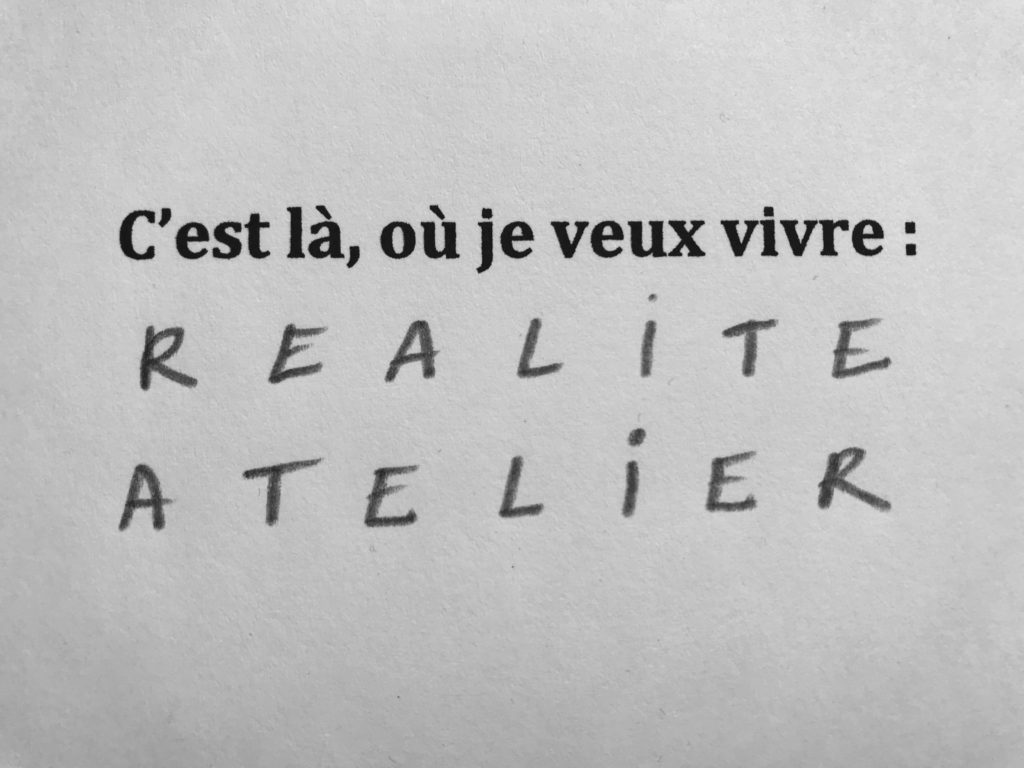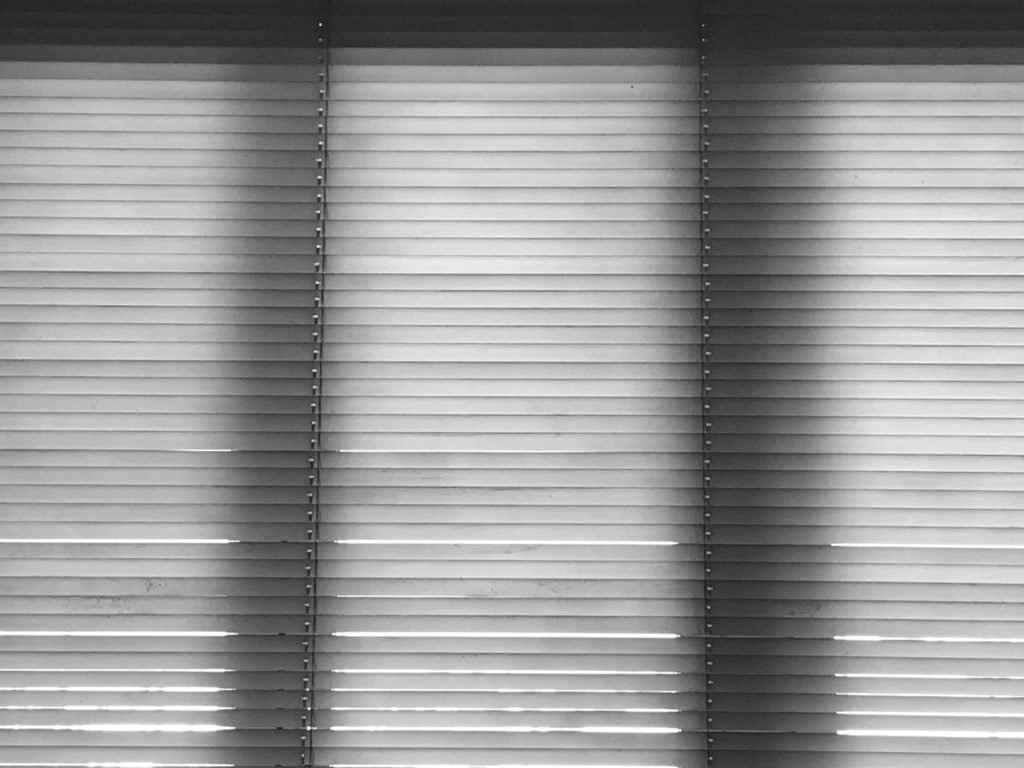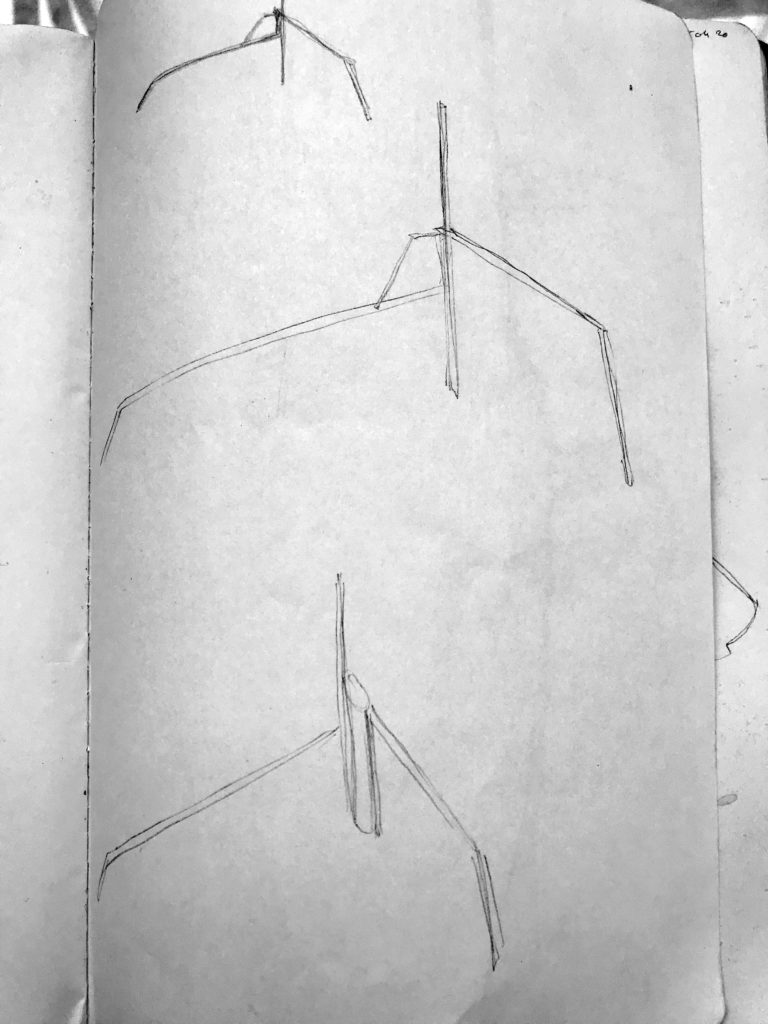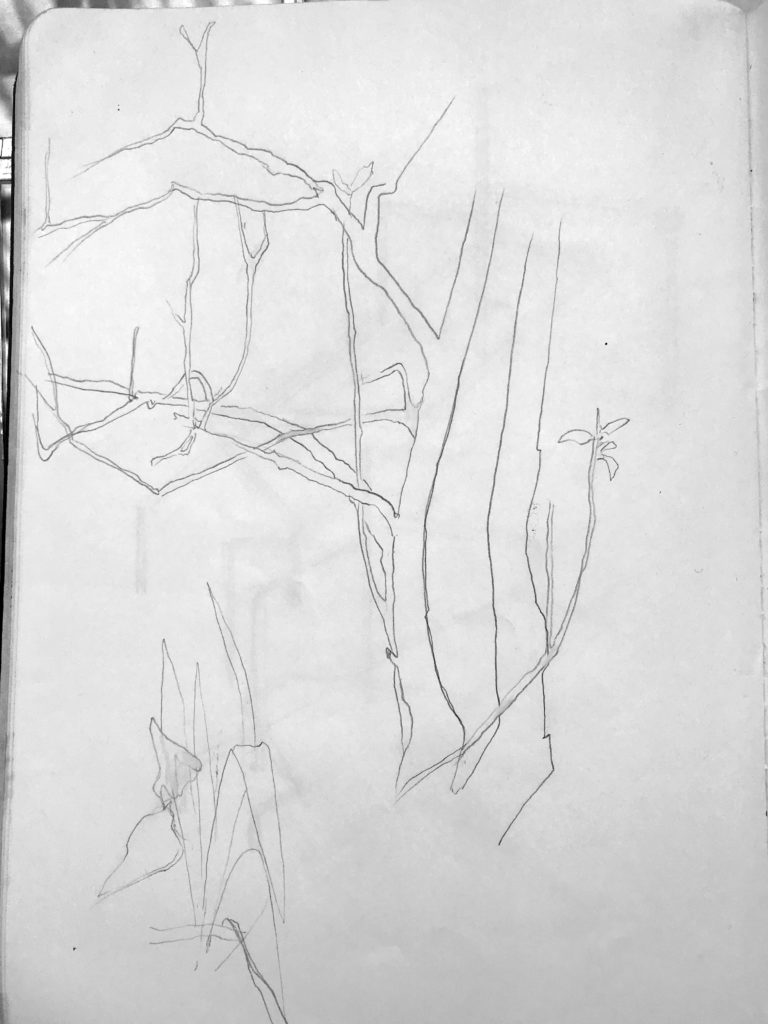Claire-Jeanne Jezequel
August 24 to August 31

Quelque chose finit, quelque chose commence, c’est bientôt la rentrée, dit-on. Bientôt les feuilles mortes, les souvenirs et les regrets, aussi : sur ces mots chantés, ton dernier souffle s’est posé, et moi je l’avais déjà oublié.
July 14 to July 21

Still life/Nature morte au paysage
Back at my parents’ house. My father, absent, everywhere in pictures,
always in my mother’s words.
His ashes are waiting on the table in his room to reach the small village
cemetery surrounded by this mountain landscape he loved so much. The
confinement surprised us all, and separated us, and prevented us from
giving him this last place, this last ceremony, scheduled for spring. The
borders are open again, but the resumption of work hastened for some: I
don’t know when we will be able to gather again. As if we no longer dare.
De retour dans la maison de mes parents.
Mon père, absent, partout en photos, sans cesse dans les mots de ma mère.
Ses cendres attendent sur la table de sa chambre de rejoindre le petit
cimetière du village entouré de ce paysage de montagnes qu’il aimait tant.
Le confinement nous a tous surpris, et séparés, et empêchés de lui donner
ce dernier lieu, cette dernière cérémonie, prévue au printemps. Les
frontières sont ouvertes de nouveau, mais la reprise du travail s’est
précipitée pour certains : je ne sais quand nous pourrons nous rassembler à
nouveau. Comme si nous n’osions plus.
July 7 to July 14


POLYPHONIC MANIFESTO

`
June 2 to June 9

To start from this point. At one point. To make the point. Stuck at this point. The only point. The point is.
May 19 to May 26

Something blurred

Something wet

Something folded

Something else

Something grown

Something else
May 5 to May 12
`
April 28 to May 5

Dimanche 26 avril 2020. L’Indépendance passe.
Sunday, April 26th. The Independence passes.
April 21 to April 28

Moi je suis un peu sans mots face à tout ça, mais pas sans colère, ni sans tristesse. Je viens de te lire, et, reprenant un cahier pour y chercher une note, je tombe sur ce croquis, fait le 15 avril 2019, il y a exactement un an. L’avant-dernière fois que j’ai vu mon père vivant – il est décédé le 25 décembre dernier – dans un de ces tristes établissements nommés : Ehpad. Maintes fois depuis je pense – et c’est une pensée sidérante et paradoxale – qu’il est « heureux » qu’il soit parti avant, et que nous ayons pu l’entourer, alors. La barbarie, l’incurie économique et politique qui obligent aujourd’hui les familles à laisser mourir seuls leurs vieux me coupent le souffle. Voilà donc ma première réponse, spontanée et sentimentale, à ta proposition.
I’m a little speechless in the face of all this, but not without anger and sadness. I have just read you, and, picking up a notebook to look for a note, I come across this sketch, made on April 15, 2019, exactly one year ago. The penultimate time I saw my father alive – he died on December 25 – in one of those sad establishments called Ehpad. Many times since then I think – and this is a staggering and paradoxical thought – that he is « happy » that he left before, and that we were able to surround him, then. The barbarity, the economic and political negligence that today forces families to leave their old people to die alone takes my breath away. So that is my first response, spontaneous and sentimental, to your proposal.
Born in Fontenay-aux-Roses in 1965. Lives and works in Paris
Claire-Jeanne Jézéquel has been working in the fields of sculpture and drawing since 1988. Playing with the visible and the tangible, folds, falls, tears, notches, cuts and broken lines arrange, draw and materialize space in a revealed flatness. Between tactile sensation, abstract landscape and minimal architecture, her assemblages of prosaic materials carry within them the traces of the artist’s gestures of both construction and destruction, paradoxically random and controlled. Trained at the Grenoble School of Fine Arts, the Villa Arson in Nice and at the Institut des Hautes Études en Arts Plastiques in Paris, directed by Pontus Hulten, Claire-Jeanne Jézéquel was also a resident at the Villa Médicis in Rome in 1992, a resident at the Fondation Cartier in 1993 and winner of the 13th Monumental Art Scholarship in Ivry-sur-Seine in 2001.
Her works are regularly exhibited in France: at the Jean Fournier gallery and previously at the Xippas gallery in Paris, la Maréchalerie, Versailles, at the RDV gallery, Nantes, at the Chaufferie, Strasbourg, at the Centre d’Art et du Paysage, Vassivière, and more recently in the stables of the Domaine de Kerguéhennec. Abroad, her works were showed at the New museum in New York, Studio Cristina del Ponte in Locarno, Iselp in Brussels, the Stampflï foundation in Sitges, the Museo di Nuoro in Sardinia, the Arlaud Museum in Lausanne, the Busan Biennale in Korea, the Lage Egal gallery in Berlin or the Sheffer gallery in Sydney in September 2016… As a teacher at the École Supérieure des Beaux-Arts de Nantes-Métropole since 1999, she has co-directed the exhibitions « Beau trait fatal », « Mais où est passé le Youkounkoun » and the research group on contemporary practices of abstraction which led to the exhibition « + de réalité » in 2008 and the eponymous publication (Jannink editions), as well as the Open Sky Museum project by the artist Eden Morfaux in 2012-2013, and directed its publication (Open Sky Museum, Jannink editions, 2015).